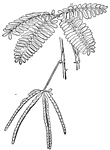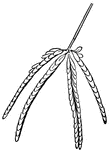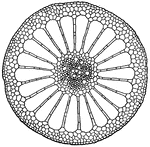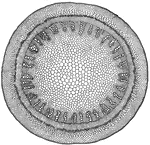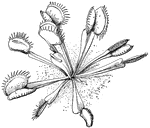Clipart tagged: ‘plant physiology’
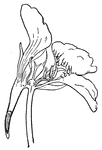
Cross-section flower
Flower of nasturtium cut through the middle to show the spur (s) and the nectar (n).
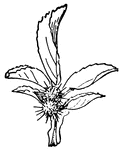
Gall
Galls on leaf of rose. The location of a parasite is often marked by swellings of peculiar and fantastic…
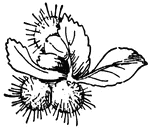
Gall
Galls on leaf of rose. The location of a parasite is often marked by swellings of peculiar and fantastic…
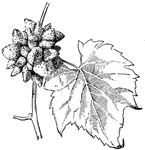
Gall
Galls on stem of grape. The location of a parasite is often marked by swellings of peculiar and fantastic…

Gland
Gland(g) from the upper surface of the leaf of lilac: e, epidermis, c, cuticle, p, palisade cells.

Petal
Section through a petal of buttercup (Ranunculus), showing nectar gland (n). Note bundle of conducting…
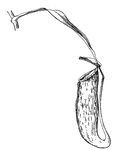
Pitcher Plant
The pitcher plant is remarkable for having the end of its leaf turned up so as to form a complete pitcher,…
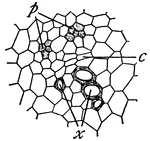
Vascular Bundle
Young vascular bundle: p, primary phloem; x, primary xylem; c, first divisions of cambium cells.
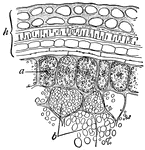
Wheat Grain
Outer portion of a cross-section of a wheat grain; h, various integuments of the ovary and seed, forming…

Xylem
Ending of a xylem strand among the cells of the mesophyll in a leaf of lilac; t, tracheid; i, intercellular…
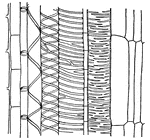
Xylem
Longitudinal section (diagrammatic) of a young xylem strand; c, cambium; y, young trachea,; p, pitted…

